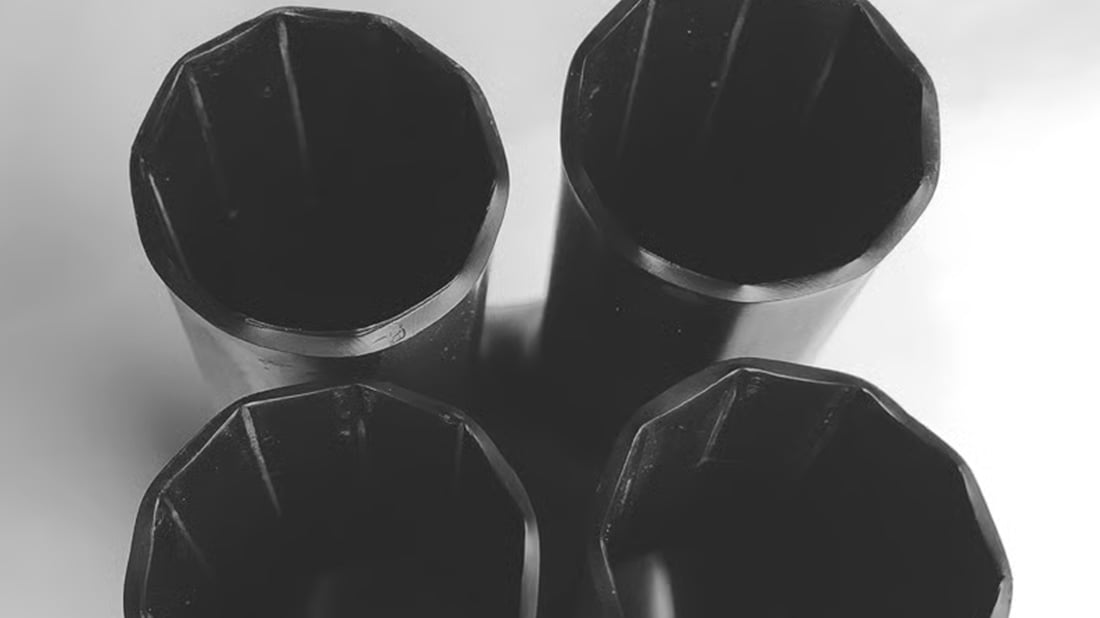A heat shrink connector is a type of electrical connector that uses heat to insulate and seal the connection between two wires or components. This type of connector is commonly used in automotive, marine, and electrical applications to ensure a reliable and secure connection.
How Do Heat Shrink Connectors Work?
Heat shrink connectors work by using a heat source, such as a heat gun or soldering iron, to melt a layer of adhesive inside the connector. This causes the connector to shrink and conform to the wires, creating a tight and waterproof seal. Once cooled, the adhesive solidifies, providing a durable and long-lasting connection.
The Benefits of Using Heat Shrink Connectors
There are several benefits to using heat shrink connectors. These connectors provide excellent insulation, protection against environmental factors such as moisture and corrosion, and strain relief for the wires. Additionally, heat shrink connectors are easy to use and install, making them a popular choice for both professionals and DIY enthusiasts.
Types of Heat Shrink Connectors
There are various types of heat shrink connectors available, including butt connectors, ring terminals, spade connectors, and bullet connectors. Each type is designed for a specific application and wire size, ensuring a secure and reliable connection. It is important to choose the right type of connector for your specific needs to ensure optimal performance.
How to Install Heat Shrink Connectors
Installing heat shrink connectors is a straightforward process. Start by stripping the ends of the wires and inserting them into the connector. Use a heat source to shrink the connector and seal the connection. Be sure to apply heat evenly and avoid overheating the connector, as this can damage the wires or the adhesive inside.
Common Applications of Heat Shrink Connectors
Heat shrink connectors are commonly used in a variety of applications, including automotive wiring, marine electronics, electrical repairs, and telecommunications. These connectors are ideal for any situation where a secure, waterproof connection is required, such as in outdoor or harsh environments.
Choosing the Right Heat Shrink Connector
When choosing a heat shrink connector, it is important to consider factors such as wire size, voltage rating, and environmental conditions. Be sure to select a connector that is compatible with your wire size and meets the necessary safety requirements for your application. Additionally, choose a connector with a waterproof rating to protect the connection from moisture and corrosion.
Tips for Properly Sealing Heat Shrink Connectors
To ensure a proper seal with heat shrink connectors, follow these tips: make sure the wires are securely inserted into the connector, apply heat evenly to shrink the connector, and allow the connector to cool completely before handling. Inspect the connection for any signs of damage or overheating, and reheat if necessary to create a secure and waterproof seal.
Common Mistakes to Avoid When Using Heat Shrink Connectors
Avoid common mistakes when using heat shrink connectors, such as using the wrong size connector for the wire, applying too much heat and melting the wires, or not allowing the connector to cool properly before handling. By following the proper installation steps and techniques, you can ensure a reliable and long-lasting connection.
Conclusion
In conclusion, heat shrink connectors are a versatile and reliable option for creating secure electrical connections in various applications. By understanding how heat shrink connectors work, choosing the right type of connector, and following proper installation techniques, you can ensure a durable and waterproof connection that will last for years to come.
Quote Inquiry
contact us

